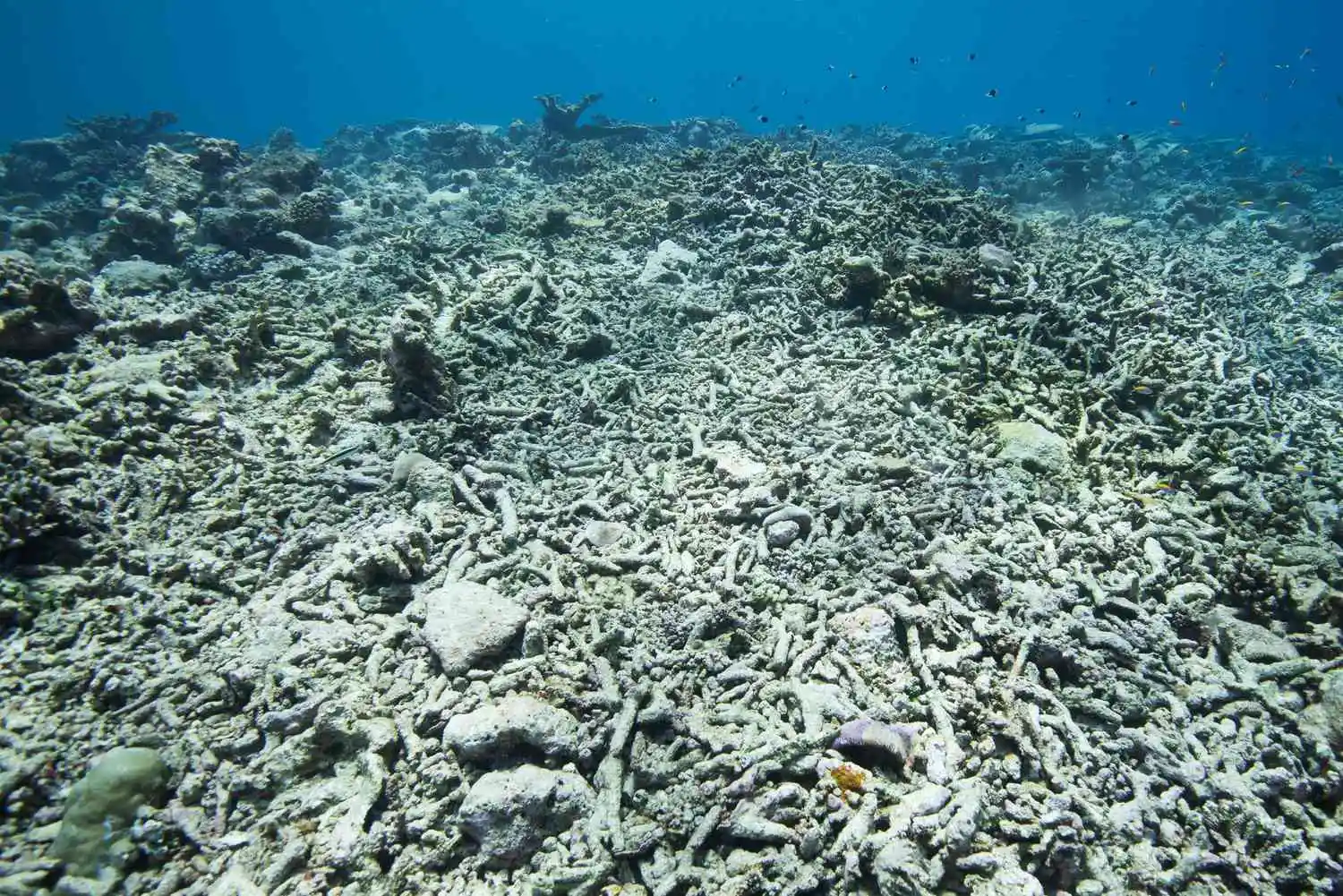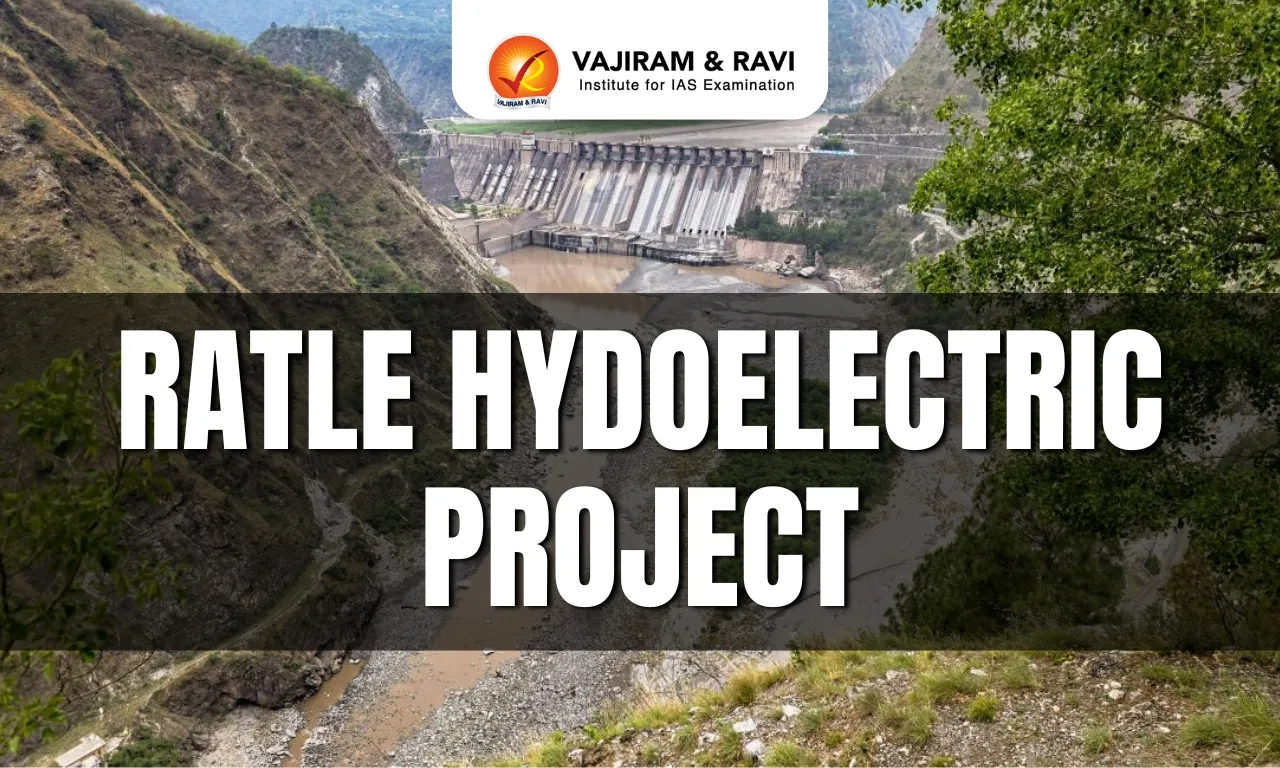About Dead Zone:
- The term “dead zone” or “hypoxia” refers to low-oxygen areasin the world’s lakes and oceans.
- Because most organisms need oxygen to live, few organisms can survive in hypoxic conditions. That is why these areas are called dead zones.
- Hypoxic zones can occur naturally, but human activities can also lead to the creation of new dead zones or the enhancement of existing ones.
- How are Dead Zones formed?
- A dead zone occurs as a result of eutrophication, which happens when a body of water is inundated with too many nutrients, such as phosphorus and nitrogen.
- At normal levels, an organism called cyanobacteria – or blue-green algae – feeds on these nutrients.
- With too many nutrients, it can cause an overgrowth of algae in a short period of time, also called algae blooms.
- Dead zones form when the algae die, sink to the bottom, and are decomposed by bacteria—a process that strips dissolved oxygen from the surrounding water.
- Dense algal blooms also block sunlight, which prevents underwater grassesfrom growing. In turn, the animals that depend on these grasses for food and shelter suffer, as well.
- Human activities mainly cause these excess nutrients to be washed into the ocean, which is why dead zones are often located near inhabited coastlines.
- Once a dead zone forms, other factors can influence its size and duration.
- For example, wind can mix oxygen from the surface into deeper water and help break up dead zones.
- Hot temperatures can make dead zones worse by warming a layer of surface water that locks colder, denser water below where oxygen from the surface can’t mix in.
- Heavy rainfall increases the amount of pollution washed into waterways.
- Shallow waters are less likely to stratify than deep waters, and so are less likely to develop hypoxic conditions. This is because shallow waters tend to be well-mixed by winds and tides.
Additionally, waters that are shallow and clear enough to allow light to reach the bottom can support primary producers such as phytoplankton, algae and seagrasses that release oxygen during photosynthesis.
Q1: What is green algae?
Chlorophyta are commonly known as green algae and sometimes, loosely, as seaweed. They grow primarily in freshwater and saltwater, although some are found on land. They may be unicellular (one cell), multicellular (many cells), colonial (a loose aggregation of cells), or coenocytic (one large cell). Chlorophyta convert sunlight to starch that is stored in cells as a food reserve.
Source: NOAA forecasts above-average summer ‘dead zone’ in Gulf of Mexico
Last updated on December, 2025
→ Check out the latest UPSC Syllabus 2026 here.
→ Join Vajiram & Ravi’s Interview Guidance Programme for expert help to crack your final UPSC stage.
→ UPSC Mains Result 2025 is now out.
→ UPSC Notification 2026 is scheduled to be released on January 14, 2026.
→ UPSC Calendar 2026 is released on 15th May, 2025.
→ The UPSC Vacancy 2025 were released 1129, out of which 979 were for UPSC CSE and remaining 150 are for UPSC IFoS.
→ UPSC Prelims 2026 will be conducted on 24th May, 2026 & UPSC Mains 2026 will be conducted on 21st August 2026.
→ The UPSC Selection Process is of 3 stages-Prelims, Mains and Interview.
→ UPSC Result 2024 is released with latest UPSC Marksheet 2024. Check Now!
→ UPSC Prelims Result 2025 is out now for the CSE held on 25 May 2025.
→ UPSC Toppers List 2024 is released now. Shakti Dubey is UPSC AIR 1 2024 Topper.
→ UPSC Prelims Question Paper 2025 and Unofficial Prelims Answer Key 2025 are available now.
→ UPSC Mains Question Paper 2025 is out for Essay, GS 1, 2, 3 & GS 4.
→ UPSC Mains Indian Language Question Paper 2025 is now out.
→ UPSC Mains Optional Question Paper 2025 is now out.
→ Also check Best IAS Coaching in Delhi

















